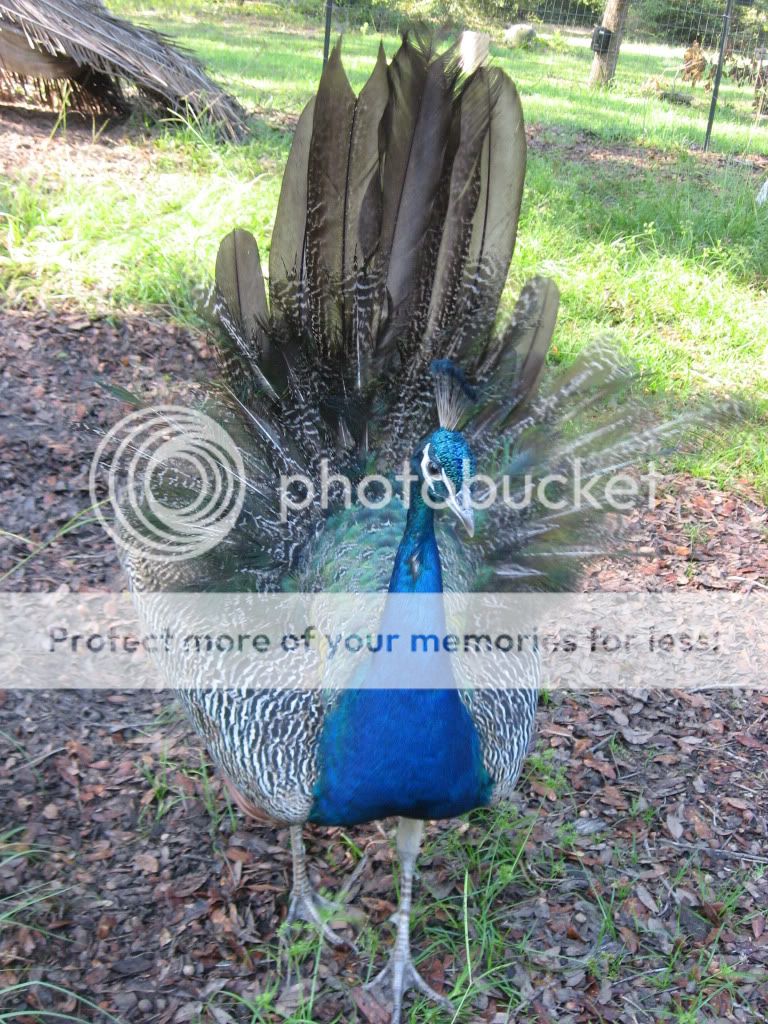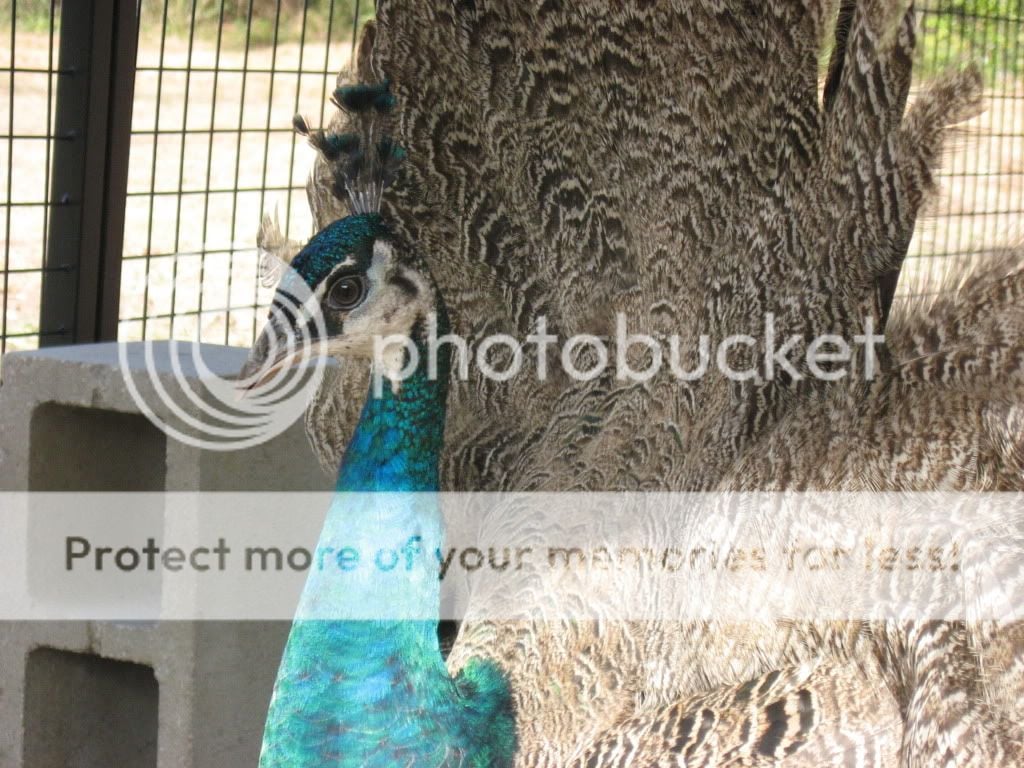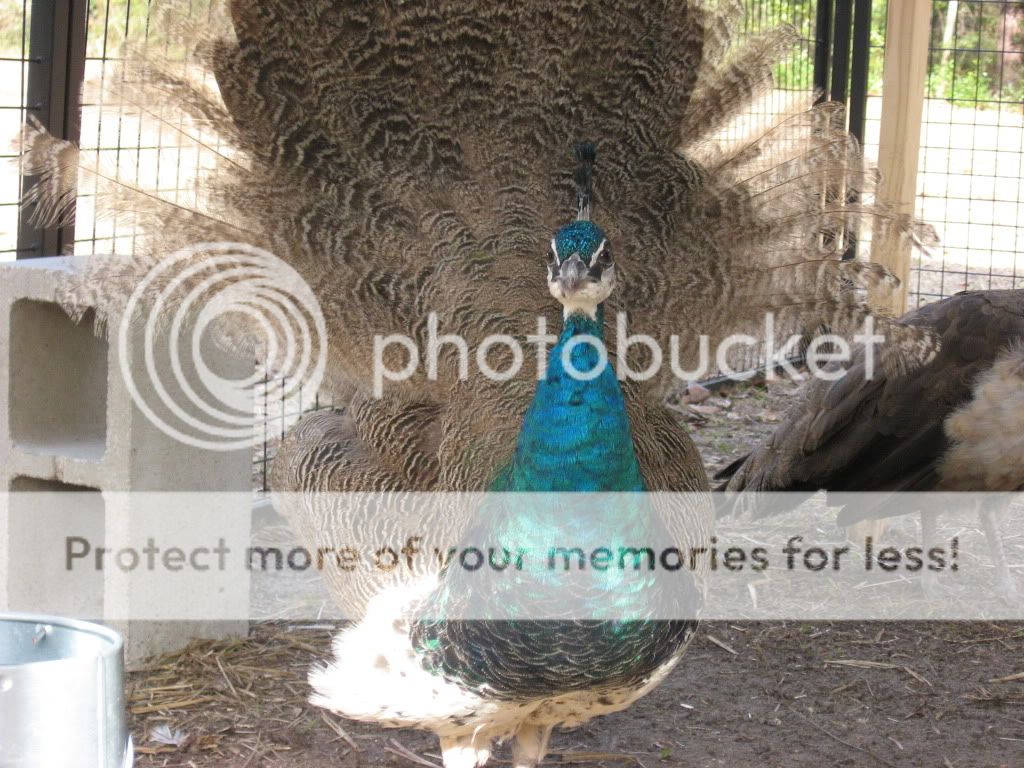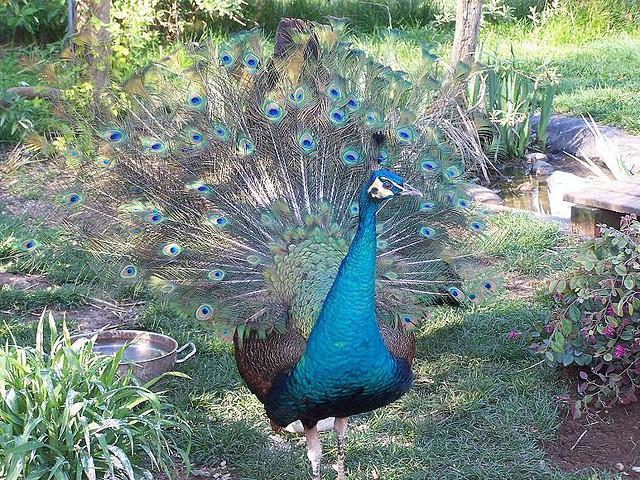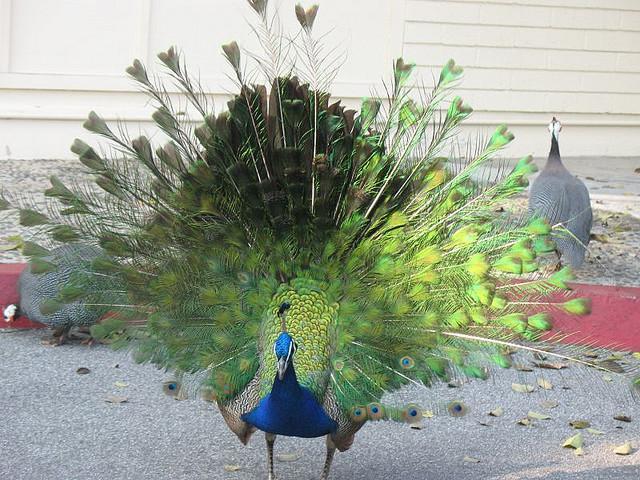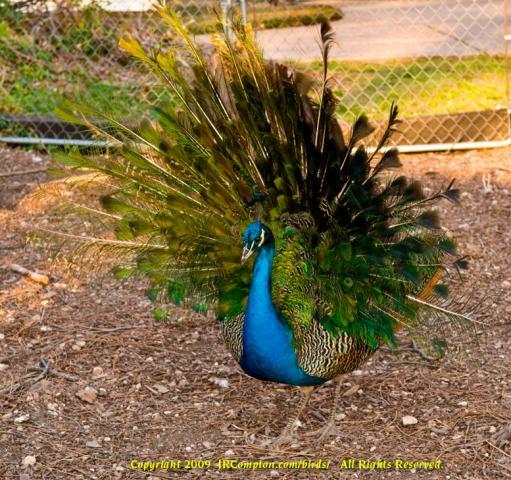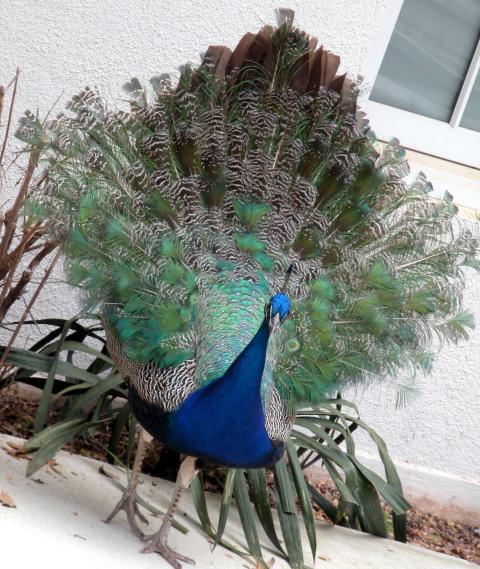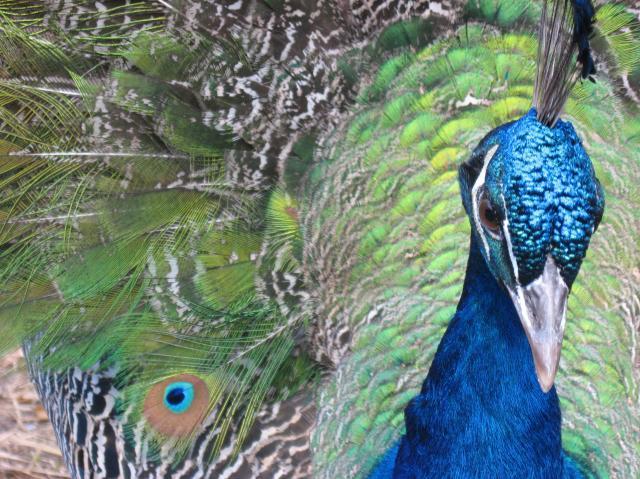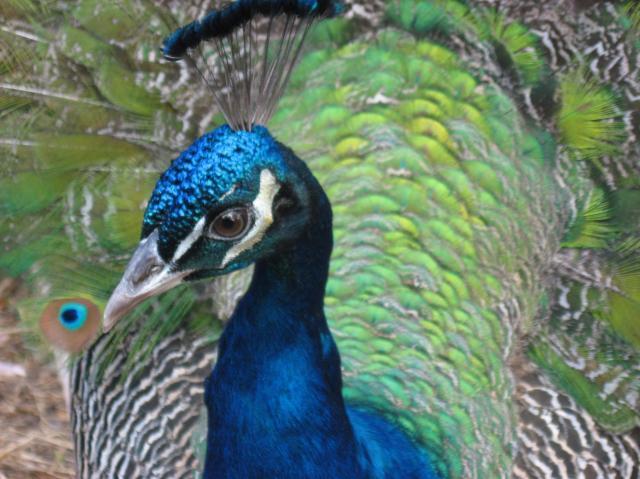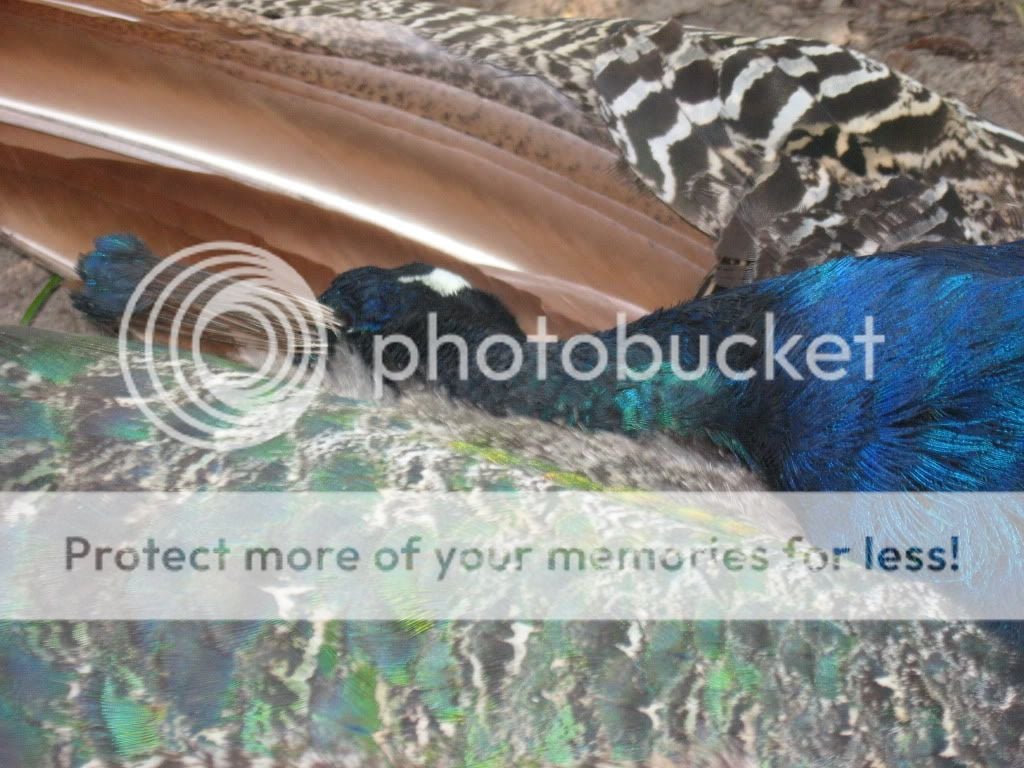Members,
Thanks to Alea, I understood 1 & 2 year old peacocks have variable 1st Ad and 2nd Ad plumages, same as for immature seagulls (they have variable immature plumages, with advanced and regarded 1st-3rd year plumages)
There are 3 colours variablies in plumages of immature seagulls and IB peafowls, with "regarded", "average", "advanced" immature plumages.
Hi Deerman, Is this below correct ???
--------------------------------------------------------------------------------------------------------------------------------------------------------------------------
April-hatched "Advanced" Florida 1-year-old peacock have many green feathers mixed with barred train feathers and 4+ eyed feathers.
Long train feathers, about 60cm.
May-hatched "Advanced" New York 1-year-old peacock have less green feathers, mixed with barred train feathers and 2+ eyed feathers.
April-hatched "Advanced" Florida 2-year-old peacock have fewer plain green train feathers, with 20+ eyed feathers & often mistaken for 3-year-old peacock. Longest train feathers, about 80cm
May-hatched "Advanced" New York 2-year-old peacock have more plain green train feathers with 10+ eyed feathers.
August-hatched "retarded" Florida 1-year-old peafowl have 6+ green train feathers in mostly barred feathers.
August-hatched "retarded" New York 1-year old peafowl have entirely barred train feathers and no green feathers in train. Longest train train feathers, about 40 cm
August-hatched "regarded" Florida 2-year-old peafowl have plain green train feathers with 3+ eyed feathers.
August-hatched "regarded" New York 2- year-old peafowl have entirely plain green train feathers. Longest train feathers, about 55cm
--------------------------------------------------------------------------------------------------------------------------------------------------------------------------
I think Alto is a "Advanced" bird, regarding when he wore his 1st year plumage, his train had more green feathers than barred feathers and had one eyed feather, so after Alto had moulted into 2nd year plumage, his new train will have plain green feathers with 20+ eyed feathers, because Alea is very knowlegle in diet of peafowls and about peafowl husbandy.
Well fed 2 year old peacock grow more eyed feathers than poorly fed 2 year old peacock.
If you are not sure, why not go out to beach and look at immature seagulls and notice how variable the immature plumages are ???
2-year-old Herring gulls have both advanced and regarded immature plumages, with birds wearing "advanced" 2nd year immature plumage, look like adult Herring gulls, being grey & white, while "regarded" 2nd year immature plumage, look like 1st year plumage, being brown.
I am trying to fix this confusion the members were pluzzled about variable the peacocks"s 1st & 2nd year plumages are.
See the photoes below.
This is an early hatched "advanced" 2-year-old spalding peacock. Note he had about 50 eyed feathers in train feathers.
Do check for plain green train feathers against eyed feathers in train.
Alea's peacock Alto will be like this, by end of November, but proberly about 25-30 eyed feathers in train.
This is an early-hatched "average" 2-year-old IB peafowl, with entire green train, with 8 eyed feathers.
This is a late-hatched "retarded" 2-year-old IB peacock. Note some train feathers are barred and one eyed feather against mostly green train feathers.
This is early-hatched "advanced" 1-year-old IB peacock. Note many green train feathers and an one eyed feather against mostly barred train feathers. An eyed train feather is on left side of train, near rump.
Cheers
Clinton.

